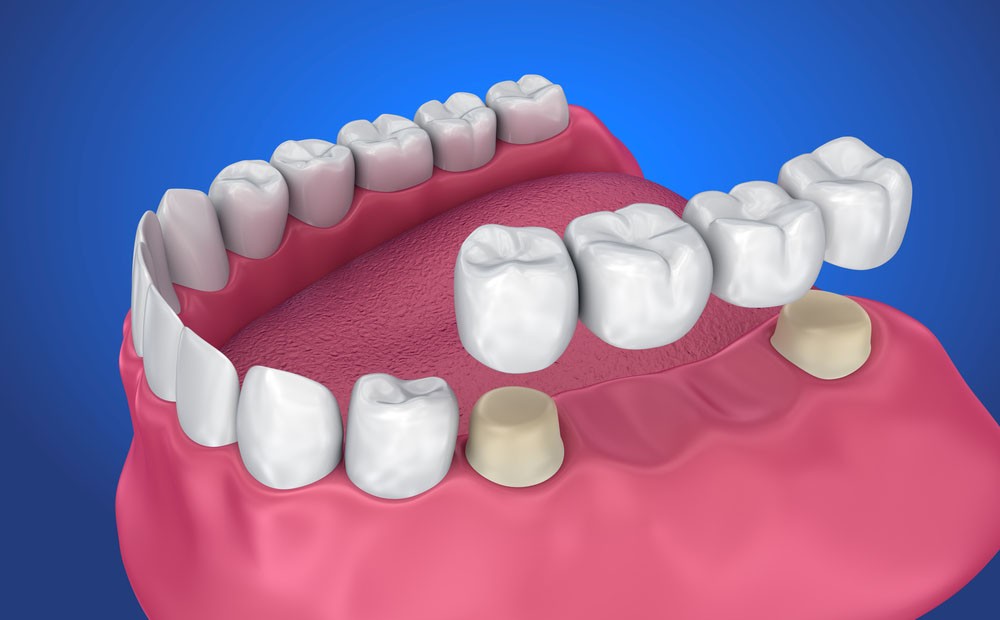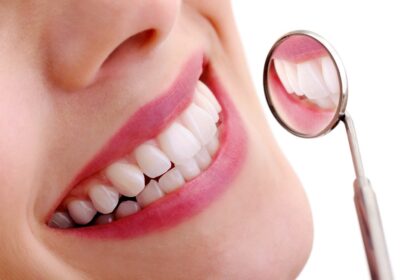
Understanding Dental Crowns and Bridges: A Comprehensive Guide
When it comes to maintaining optimal oral health and a bright, functional smile, dental crowns and bridges are two common restorative treatments that can make a world of difference. Whether you’re dealing with a chipped tooth, decay, or missing teeth, these solutions can restore your smile, preserve your dental health, and improve your overall quality of life. In this article, we will explore dental crowns and bridges, how they work, and what you can expect from the treatment process.
What Are Dental Crowns and Bridges?
Dental Crowns are tooth-shaped caps that are placed over damaged or decayed teeth to restore their shape, size, strength, and appearance. They fully encase the visible portion of the tooth above the gum line. Crowns are typically made from materials like porcelain, ceramic, metal, or a combination of materials. They are designed to blend seamlessly with your natural teeth, making them a popular choice for both restorative and cosmetic purposes.
Dental Bridges are used to replace one or more missing teeth by literally “bridging” the gap. A dental bridge consists of two or more crowns that anchor to the adjacent healthy teeth or dental implants. The false tooth (or teeth) in between, called pontics, fill the gap left by missing teeth. Like crowns, bridges are custom-made to fit your mouth and can be made from a variety of materials, with porcelain being the most natural-looking.
Why Might You Need a Dental Crown?
Dental crowns are often recommended when a tooth is severely damaged but not beyond repair. Here are some common situations where crowns are used:
- To Protect a Weak Tooth: If a tooth has been weakened by decay, injury, or a large filling, a crown can protect it from further damage or prevent it from breaking apart.
- To Restore a Broken Tooth: When a tooth is cracked or chipped, a crown can restore its shape and function.
- After a Root Canal: Teeth that have undergone root canal treatment are often capped with a crown to protect them from future damage and ensure long-term durability.
- For Cosmetic Enhancement: Crowns can be used to improve the appearance of discolored or misshapen teeth.
- To Cover a Dental Implant: Crowns are used to cover dental implants, which replace the root of a missing tooth.
Why Might You Need a Dental Bridge?
Dental bridges are an ideal solution when one or more teeth are missing. Tooth loss can happen due to decay, injury, or gum disease, and leaving the gap untreated can lead to a number of problems. Here’s why you might need a bridge:
- To Restore Your Smile: Missing teeth can affect your confidence and the overall appearance of your smile. A bridge helps to restore a natural-looking smile.
- To Improve Chewing and Speaking: Missing teeth can make chewing difficult and may even affect your ability to speak clearly. A bridge can improve both functions.
- To Prevent Teeth Shifting: When a tooth is missing, the surrounding teeth may shift into the empty space, causing misalignment and bite issues. A bridge keeps your teeth in place.
- To Maintain Facial Structure: Missing teeth can cause your facial muscles to sag over time, leading to a prematurely aged appearance. A bridge helps maintain your facial structure and aesthetics.
The Procedure for Getting Crowns and Bridges
Both crowns and bridges typically require two dental visits for the procedure.
1. The First Visit: Preparation
During the first visit, your orthodontist richmond va will examine your teeth and gums to determine the best approach. For a dental crown, the damaged tooth is reshaped, and part of the enamel is removed to make space for the crown. For a dental bridge, the teeth on either side of the gap (abutment teeth) are prepared for crowns. After reshaping, your dentist will take impressions of your teeth to create custom-made crowns or bridges that fit your bite and mouth perfectly.
2. Temporary Crown or Bridge
While the permanent crown or bridge is being made, your dentist will place a temporary crown or bridge to protect the exposed tooth or teeth.
3. The Second Visit: Placement
Once your permanent crown or bridge is ready, you will return to the dentist for the second visit. The temporary crowns or bridges will be removed, and the permanent ones will be cemented into place. Your dentist will ensure the fit is perfect and make any necessary adjustments.
Types of Dental Crowns and Bridges
- Metal Crowns and Bridges: Made from gold or metal alloys, these crowns and bridges are highly durable but are often less aesthetically pleasing due to their metallic color. They are typically used for molars at the back of the mouth, where appearance is less of a concern.
- Porcelain-Fused-to-Metal (PFM): This combines the strength of metal with the natural look of porcelain, making it a good option for both front and back teeth.
- All-Ceramic or All-Porcelain Crowns and Bridges: These provide the most natural look and are ideal for restoring front teeth. They are not as strong as metal but offer excellent aesthetics.
- Resin Crowns and Bridges: These are less expensive but also less durable. Resin is often used for temporary crowns and bridges.
How Long Do Crowns and Bridges Last?
On average, dental crowns and bridges last between 5 and 15 years, depending on the materials used and how well you care for them. Proper oral hygiene, such as brushing twice a day, flossing, and regular dental check-ups, can significantly extend their lifespan.
Caring for Your Dental Crowns and Bridges
To ensure the longevity of your crowns and bridges, follow these simple care tips:
- Brush and floss regularly to prevent decay and gum disease.
- Avoid biting down on hard objects like ice or pens, which can damage the crowns or bridges.
- Use a fluoride toothpaste to strengthen the teeth.
- Schedule regular dental check-ups for professional cleanings and inspections.
Conclusion
Dental crowns and bridges are highly effective solutions for restoring damaged or missing teeth. They improve not only the function of your teeth but also their appearance. Whether you’re looking to enhance your smile, prevent further damage, or replace missing teeth, these treatments offer long-lasting results when cared for properly. Always consult with your dentist to determine the best option for your specific needs, and enjoy the benefits of a healthy, beautiful smile for years to come















